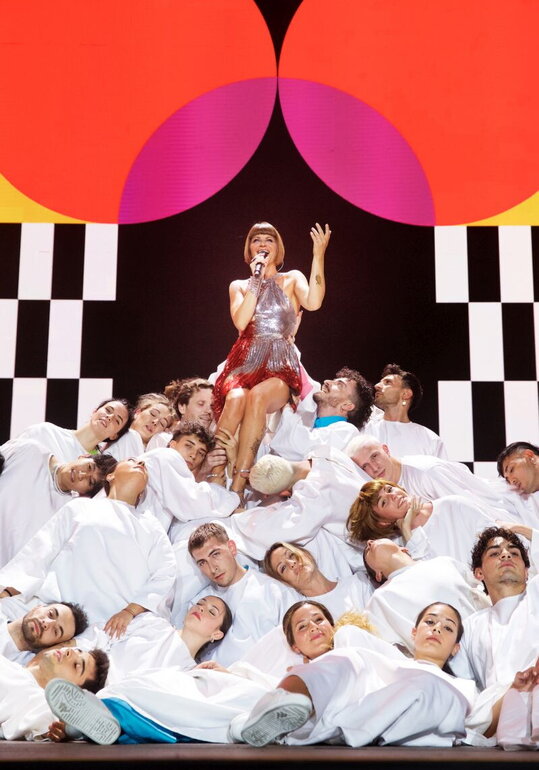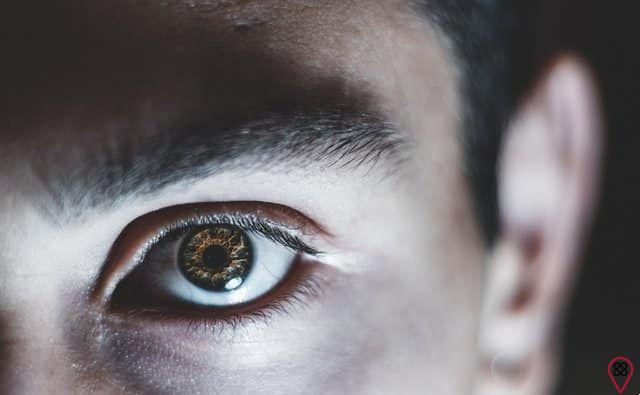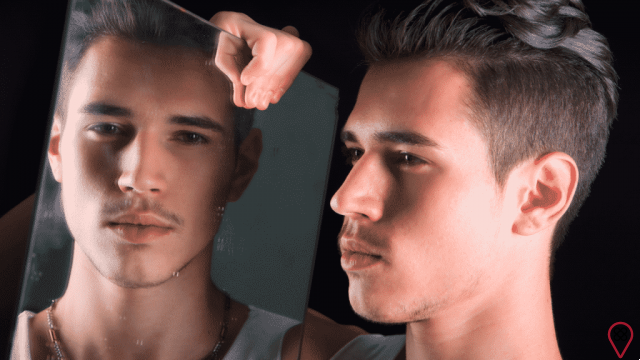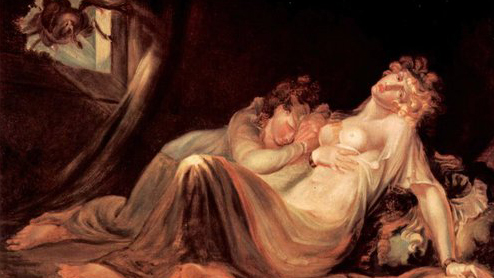And if it is the first child, then the worries and uncertainties increase considerably, which is natural and should never reach overprotection. However, with the approval of BNCC (Common National Curricular Base) of Early Childhood Education and Elementary School, such uncertainties multiplied exponentially, as the debates about the efficiency, advantages and disadvantages of such a guiding document for the pedagogical work and, consequently, for the formation of our children became evident.
Particularly, I noticed that such debates and media productions about the BNCC, for the most part, are dedicated to presenting the opinion of their respective producers, often failing to present the National Common Curricular Base in a clear way, especially for the parents of the children. children, who are not required to master the “pedagogical” vocabulary that predominates in the videos and articles about the BNCC.

To this end, we started to present the National Base in a clear, direct and uncomplicated way, so that not only teachers, but also, and especially, students' parents understand what changes are being proposed for the curricular organization of our schools. I did my best to put my opinions aside.
And in this first video, we address the basic learning rights of children in Early Childhood Education, which must be ensured in day care centers, CMEIs (Municipal Child Education Centers) and private institutions throughout Spain.
We made the explanatory video, with examples and language accessible to all people, so that everyone understands how educators must guarantee the rights to: LIVE with other children and adults, PLAY daily in different ways, actively participate in the activities proposed by the educator, EXPLORE movements, gestures, sounds, shapes, textures, colors, words, emotions, transformations, etc., EXPRESS, as a dialogic, creative and sensitive subject, their needs, emotions, feelings, doubts, etc. their personal, social and cultural identity.
And it's never too much to remember that the family and society play an important role in the education of children, that is, as much as it sounds jargon, the society we want is being formed right now, in the classroom closest to you.
You may also like another article by this author. Access: The Traps of Deficiency

























